8 - 12 August 2022
There’s no doubt about it, we’re laying the foundations for humankind’s long-term future in deep space

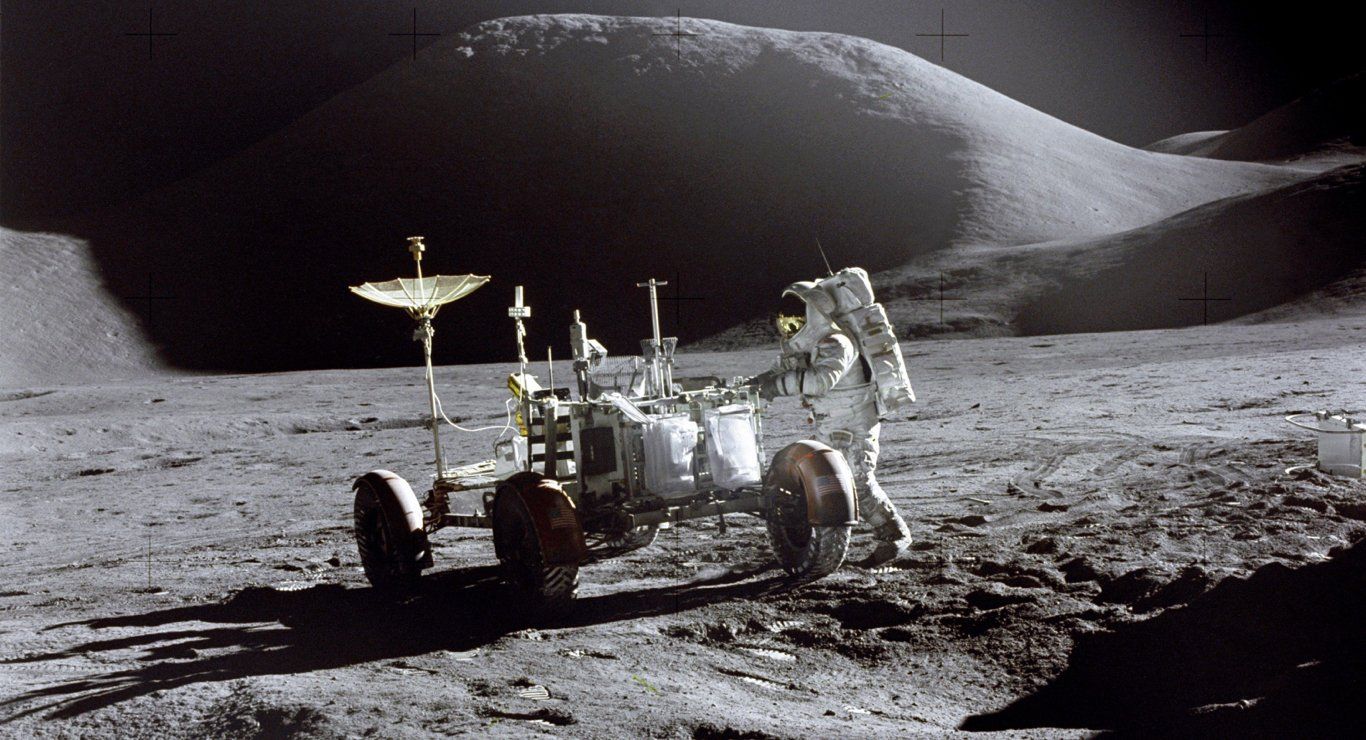
Plans underway to return to the moon for good (image: Pixabay/NASA)
Be in no doubt, the new space economy is taking shape, and each day we are coming closer to realising our long-term goals in space, beyond only low Earth orbit and satellite constellations. Whether it be sending payloads to lunar orbit in order to prepare for our return to the moon, increasing numbers of nations developing their own lunar vehicles, or devising ways in which to retrieve an array of minerals in space, we are on the way.
2022 alone has has witnessed, and will witness, a number of achievements representing these long-term goals of humankind. New relationships are being forged, both in the public and private sectors, with different teams and alliance looking to exploit opportunities in space. More research is being carried out in order know how to achieve ambitious goals, such as asteroid mining, and the foundations are already being laid, through such missions as NASA’s recent CAPSTONE mission.
The wheels are very much in motion.
New space is forging new relationships
As a result of a realignment of international relations, or through the desire to exploit economic opportunity, new space is seeing new relationships being established. Of course there are the grand alliances of the Artemis Accords and China’s International Lunar Research Station (ILRS), both striving to lure nations to join them in their vision for future space.
However, yet more cooperative opportunities are arising all the time, all led by their ambitions in new space.
Luxembourg’s ambassador to India has held talks with the Indian Space Research Organisation in regards to new cooperative opportunities. Both nations have big plans for space, with India also recently announcing reforms enabling the growth of their private sector. However, perhaps in a more worrying turn for the US, Russia this week were reported to have launched an Iranian satellite atop a Soyuz rocket. The US expressed concern about the closer relations the two nations have in space, with Israel also worried it may prevent them from carrying out spying missions on Iran.
Whilst international relations continue to provide both economic optimism and concern, other public and private sector bodies are forging their own path. Canada’s MDA (formerly MacDonald, Dettwiler and Associates) has announced plans to increase its base in the UK, eyeing opportunities of the post-Brexit economy, and highlighting the UK’s ambition to become leading space nation. MDA are best-known for building a robotic arm on the ISS. Similarly, Virgin Orbit will look to build their ties in South Korea. J-Space, Korean investment group, will work with Virgin to assess potential launch sites in the country.
Through commercial interest and political angst, we’re witnessing the birth of new alliances, and perhaps the severing of old ones.
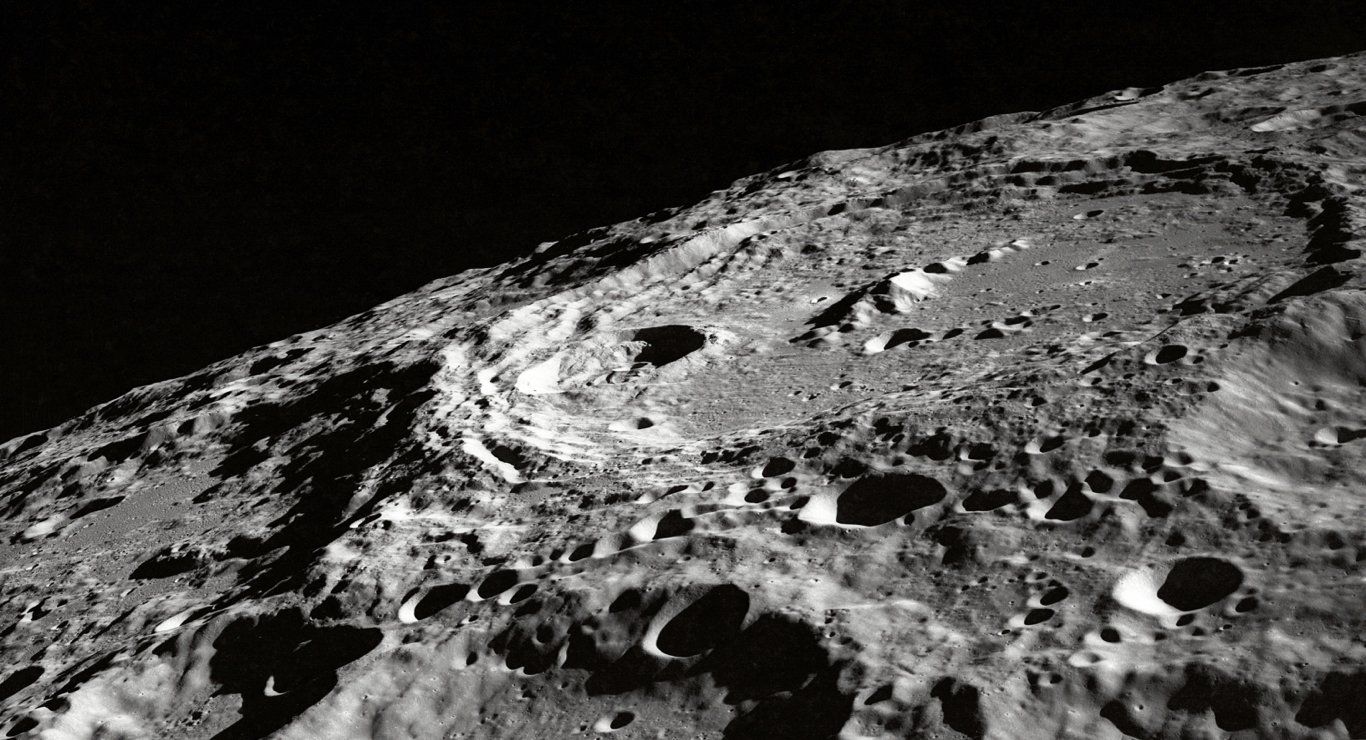
Plans to use lunar soil for things such as bricks and concrete (image: Unsplash/NASA)
Building blocks for the future space economy
We’ve read much about the opportunities that lay ahead; asteroid mining, decentralised technology, energy sourcing, in-situ manufacturing and deep space exploration. Research projects are underway, and new innovation looks set to put us on our way to achieving these ambitious goals.
Researchers at the Swiburne University of Technology are looking into how to use air, dirt and sunlight to create metallic iron on Mars. Similarly, Norman Wagner of the University of Delaware has highlighted the need to use local resources when building structures on the lunar or martian surface. Concrete substances could be made by using lunar soil, for example. Also, lunar construction company Astroport have been awarded a second NASA business technology transfer contract, in order to compile research on how to utilise lunar regolith in order to produce bricks, launch pads and blast shields.
Using local resources will be vital for humankind’s extended stays in space, but outer space resources also continue to be of great interest in order to source energy, take strain away from Earth and source precious minerals for technology production. AstroForge continue to be secretive about their ambitious asteroid mining plans, but claim to be on track for a demonstration as early as January, 2023. Also, students at Brigham Young University and the University of Central Florida are to send a demonstration on RocketStar’s launch later this year. The experiment is to observe the behaviour of asteroid particles in suborbital flight, perhaps in order to consider future mission for martian sample returns, or retrieving outer space resources.
The building blocks (quite literally in some instances) are being prepared for new space. However, this year alone continues to see much of the groundwork being laid already.
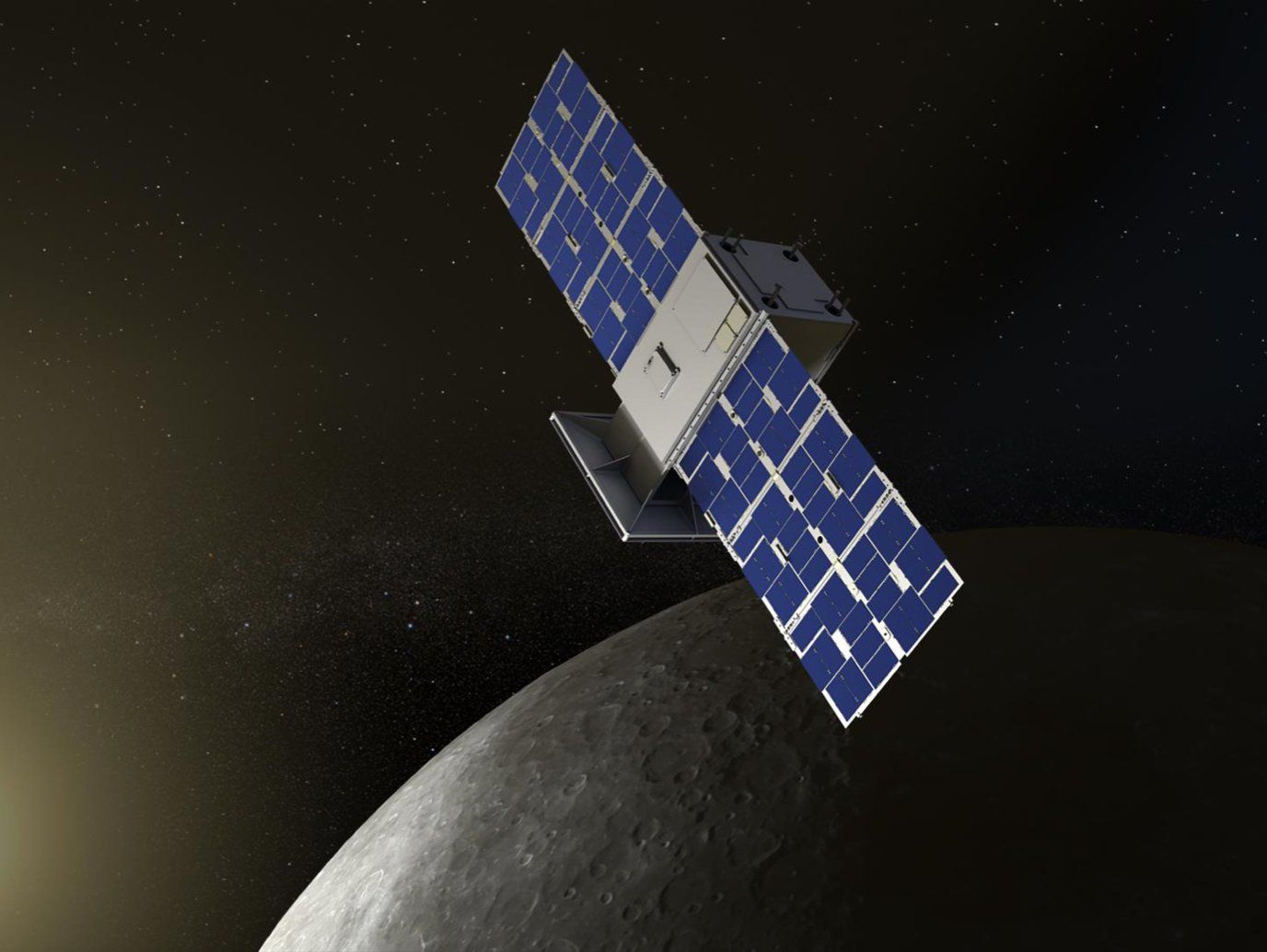
CAPSTONE orbiter laying foundations our for return to the moon (image: NASA)
Laying the foundations for humankind’s long-term future in space
NASA’s CAPSTONE mission was real milestone in our mission to return to the moon. Yet since the June launch, more has been achieved in this quest.
South Korea recently launched their Danuri lunar probe, heading into lunar orbit in the footsteps of CAPSTONE, in order to analyse the surface for uranium, aluminium and helium-3. NASA will send their Lunar IceCube cubesat into lunar orbit as part of the Artemis-1 launch, to collect data on surface ice on the moon.
Korea will also release details of their “space economy roadmap” this year, including plans for a lunar rover and lander. A series of public and private bodies have already announced plans for similar technology. Even more so, President Joe Biden this week signed the US CHIPS act into law, which includes provision for long-term commitment to deep space exploration, and sending humans to the moon and mars. This long-term commitment is almost certainly a sign of our future in space.
Steps to achieve accessible and sustainable space are also being taken. Peter Beck, CEO of Rocket Lab, hailed his company’s achievements whilst giving a speech the Small Satellites Convention this week, describing their ability to provide interplanetary launch for much lower costs. As well as providing services at cheaper price, Rocket Lab are also striving to expand on their reusable technology, with the upcoming Neutron rocket to be able to return and land on a launchpad. Also, this week the US has acknowledged the need to revise their rules for satellites and space junk, understanding that more needs to be done to manage space traffic.
There’s no doubt about it, our future is already happening in space. The international community, through public and private sector bodies, is honing-in on the opportunities that lay ahead. We need to be sure we are all part of it.
External Links
This Week
*News articles posted here are not property of ANASDA GmbH and belong to their respected owners. Postings here are external links only.
Our future in space
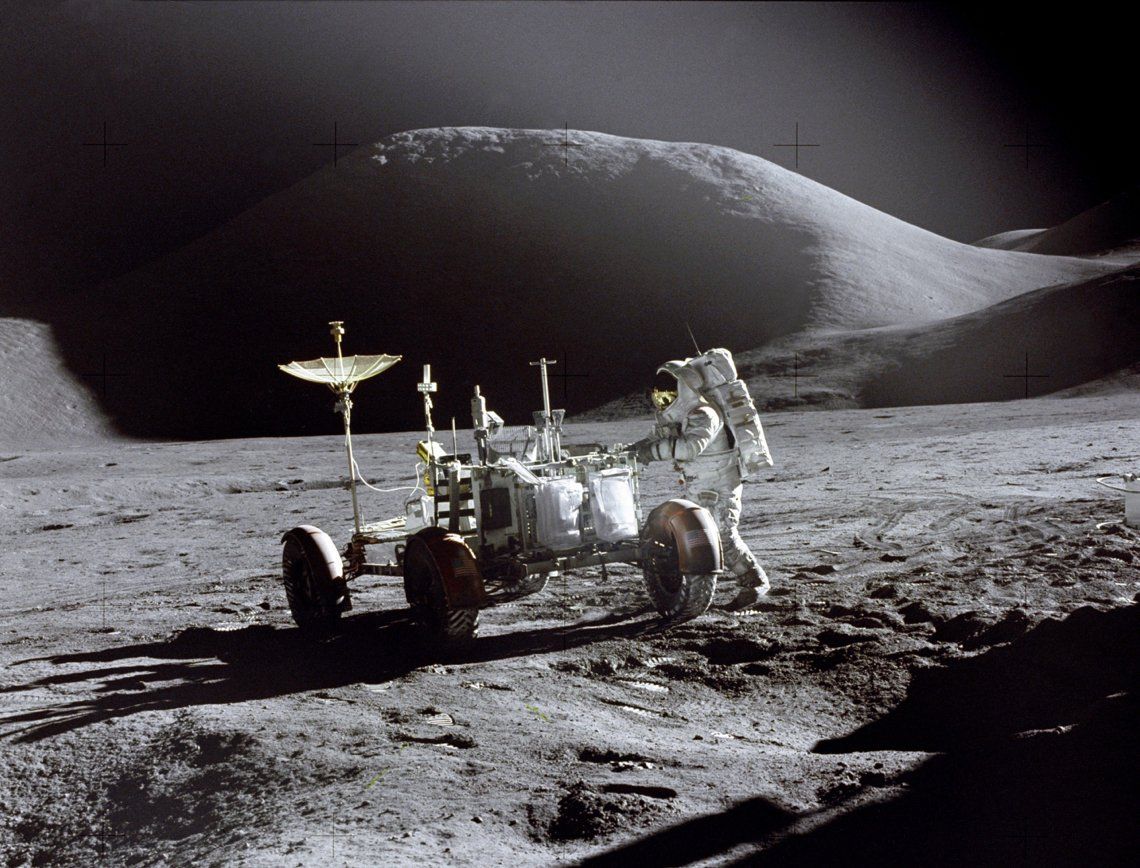
Plans underway to return to the moon for good (image: Pixabay/NASA)
8 - 12 August, 2022
There’s no doubt about it, we’re laying the foundations for humankind’s long-term future in deep space

Be in no doubt, the new space economy is taking shape, and each day we are coming closer to realising our long-term goals in space, beyond only low Earth orbit and satellite constellations. Whether it be sending payloads to lunar orbit in order to prepare for our return to the moon, increasing numbers of nations developing their own lunar vehicles, or devising ways in which to retrieve an array of minerals in space, we are on the way.
2022 alone has has witnessed, and will witness, a number of achievements representing these long-term goals of humankind. New relationships are being forged, both in the public and private sectors, with different teams and alliance looking to exploit opportunities in space. More research is being carried out in order know how to achieve ambitious goals, such as asteroid mining, and the foundations are already being laid, through such missions as NASA’s recent CAPSTONE mission.
The wheels are very much in motion.
New space is forging new relationships
As a result of a realignment of international relations, or through the desire to exploit economic opportunity, new space is seeing new relationships being established. Of course there are the grand alliances of the Artemis Accords and China’s International Lunar Research Station (ILRS), both striving to lure nations to join them in their vision for future space. However, yet more cooperative opportunities are arising all the time, all led by their ambitions in new space.
Luxembourg’s ambassador to India has held talks with the Indian Space Research Organisation in regards to new cooperative opportunities. Both nations have big plans for space, with India also recently announcing reforms enabling the growth of their private sector. However, perhaps in a more worrying turn for the US, Russia this week were reported to have launched an Iranian satellite atop a Soyuz rocket. The US expressed concern about the closer relations the two nations have in space, with Israel also worried it may prevent them from carrying out spying missions on Iran.
Whilst international relations continue to provide both economic optimism and concern, other public and private sector bodies are forging their own path. Canada’s MDA (formerly MacDonald, Dettwiler and Associates) has announced plans to increase its base in the UK, eyeing opportunities of the post-Brexit economy, and highlighting the UK’s ambition to become leading space nation. MDA are best-known for building a robotic arm on the ISS. Similarly, Virgin Orbit will look to build their ties in South Korea. J-Space, Korean investment group, will work with Virgin to assess potential launch sites in the country.
Through commercial interest and political angst, we’re witnessing the birth of new alliances, and perhaps the severing of old ones.
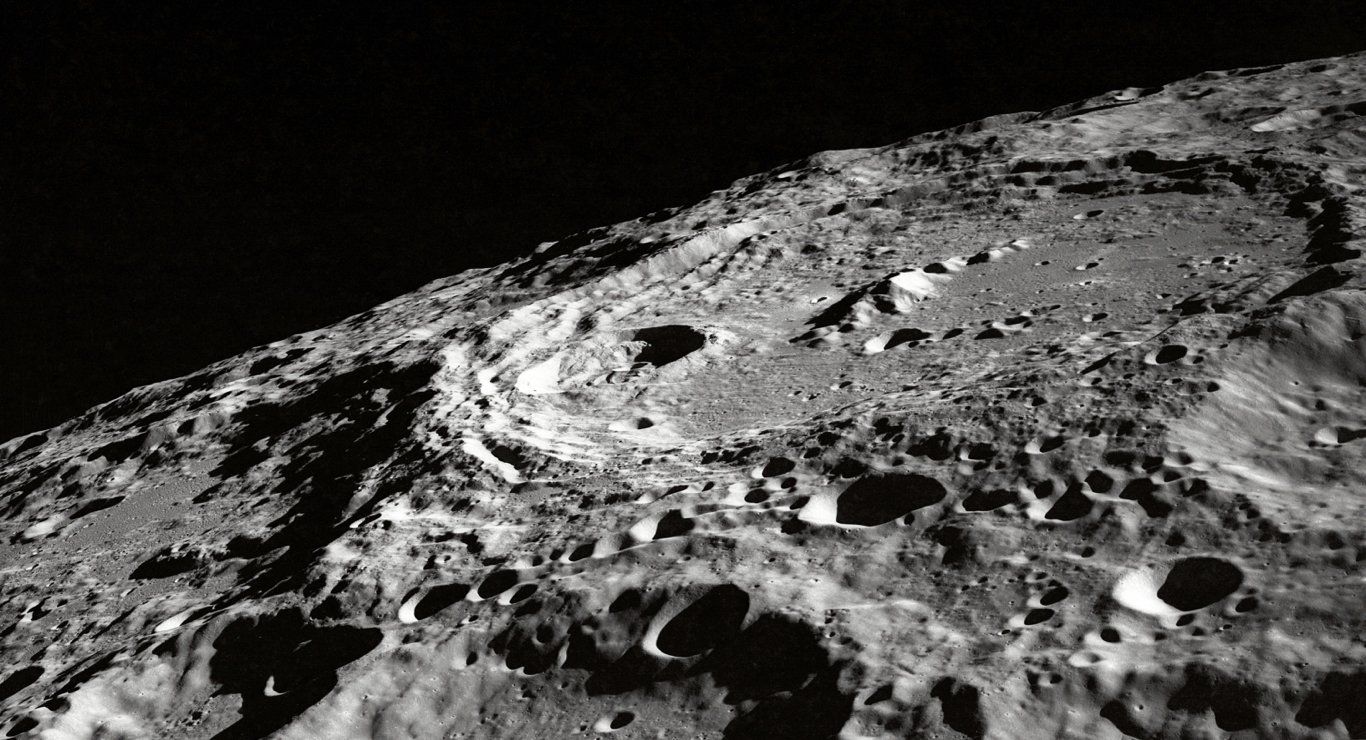
Plans to use lunar soil for things such as bricks and concrete (image: Unsplash/NASA)
Building blocks for the future space economy
We’ve read much about the opportunities that lay ahead; asteroid mining, decentralised technology, energy sourcing, in-situ manufacturing and deep space exploration. Research projects are underway, and new innovation looks set to put us on our way to achieving these ambitious goals.
Researchers at the Swiburne University of Technology are looking into how to use air, dirt and sunlight to create metallic iron on Mars. Similarly, Norman Wagner of the University of Delaware has highlighted the need to use local resources when building structures on the lunar or martian surface. Concrete substances could be made by using lunar soil, for example. Also, lunar construction company Astroport have been awarded a second NASA business technology transfer contract, in order to compile research on how to utilise lunar regolith in order to produce bricks, launch pads and blast shields.
Using local resources will be vital for humankind’s extended stays in space, but outer space resources also continue to be of great interest in order to source energy, take strain away from Earth and source precious minerals for technology production. AstroForge continue to be secretive about their ambitious asteroid mining plans, but claim to be on track for a demonstration as early as January, 2023. Also, students at Brigham Young University and the University of Central Florida are to send a demonstration on RocketStar’s launch later this year. The experiment is to observe the behaviour of asteroid particles in suborbital flight, perhaps in order to consider future mission for martian sample returns, or retrieving outer space resources.
The building blocks (quite literally in some instances) are being prepared for new space. However, this year alone continues to see much of the groundwork being laid already.
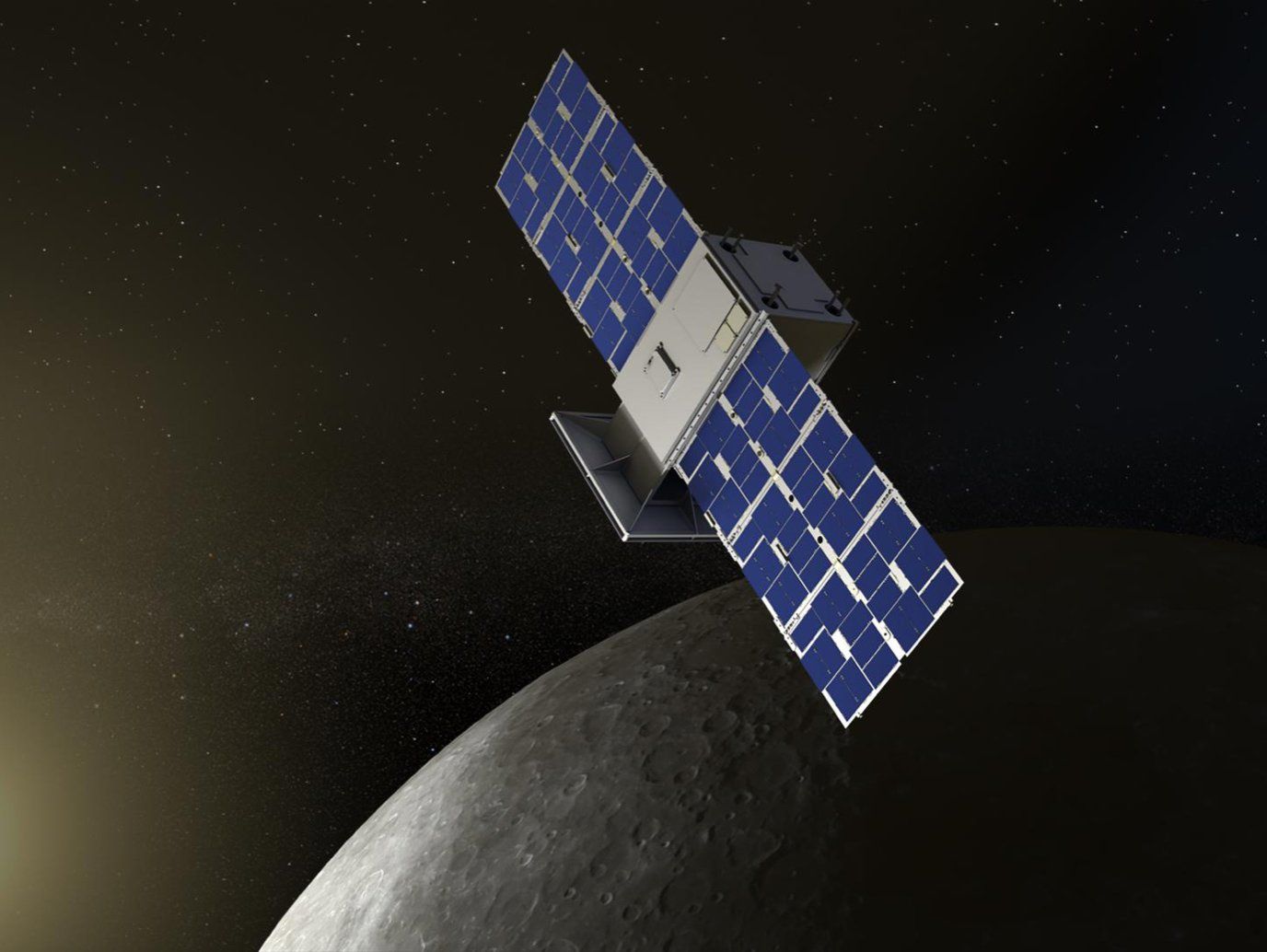
Mining valuable resources becoming increasingly vital for nations (image: Unsplash)
Laying the foundations for humankind’s long-term future in space
NASA’s CAPSTONE mission was real milestone in our mission to return to the moon. Yet since the June launch, more has been achieved in this quest.
South Korea recently launched their Danuri lunar probe, heading into lunar orbit in the footsteps of CAPSTONE, in order to analyse the surface for uranium, aluminium and helium-3. NASA will send their Lunar IceCube cubesat into lunar orbit as part of the Artemis-1 launch, to collect data on surface ice on the moon.
Korea will also release details of their “space economy roadmap” this year, including plans for a lunar rover and lander. A series of public and private bodies have already announced plans for similar technology. Even more so, President Joe Biden this week signed the US CHIPS act into law, which includes provision for long-term commitment to deep space exploration, and sending humans to the moon and mars. This long-term commitment is almost certainly a sign of our future in space.
Steps to achieve accessible and sustainable space are also being taken. Peter Beck, CEO of Rocket Lab, hailed his company’s achievements whilst giving a speech the Small Satellites Convention this week, describing their ability to provide interplanetary launch for much lower costs. As well as providing services at cheaper price, Rocket Lab are also striving to expand on their reusable technology, with the upcoming Neutron rocket to be able to return and land on a launchpad. Also, this week the US has acknowledged the need to revise their rules for satellites and space junk, understanding that more needs to be done to manage space traffic.
There’s no doubt about it, our future is already happening in space. The international community, through public and private sector bodies, is honing-in on the opportunities that lay ahead. We need to be sure we are all part of it.
Share this article
External Links
This Week
*News articles posted here are not property of ANASDA GmbH and belong to their respected owners. Postings here are external links only.
8 - 12 August 2022
There’s no doubt about it, we’re laying the foundations for humankind’s long-term future in deep space

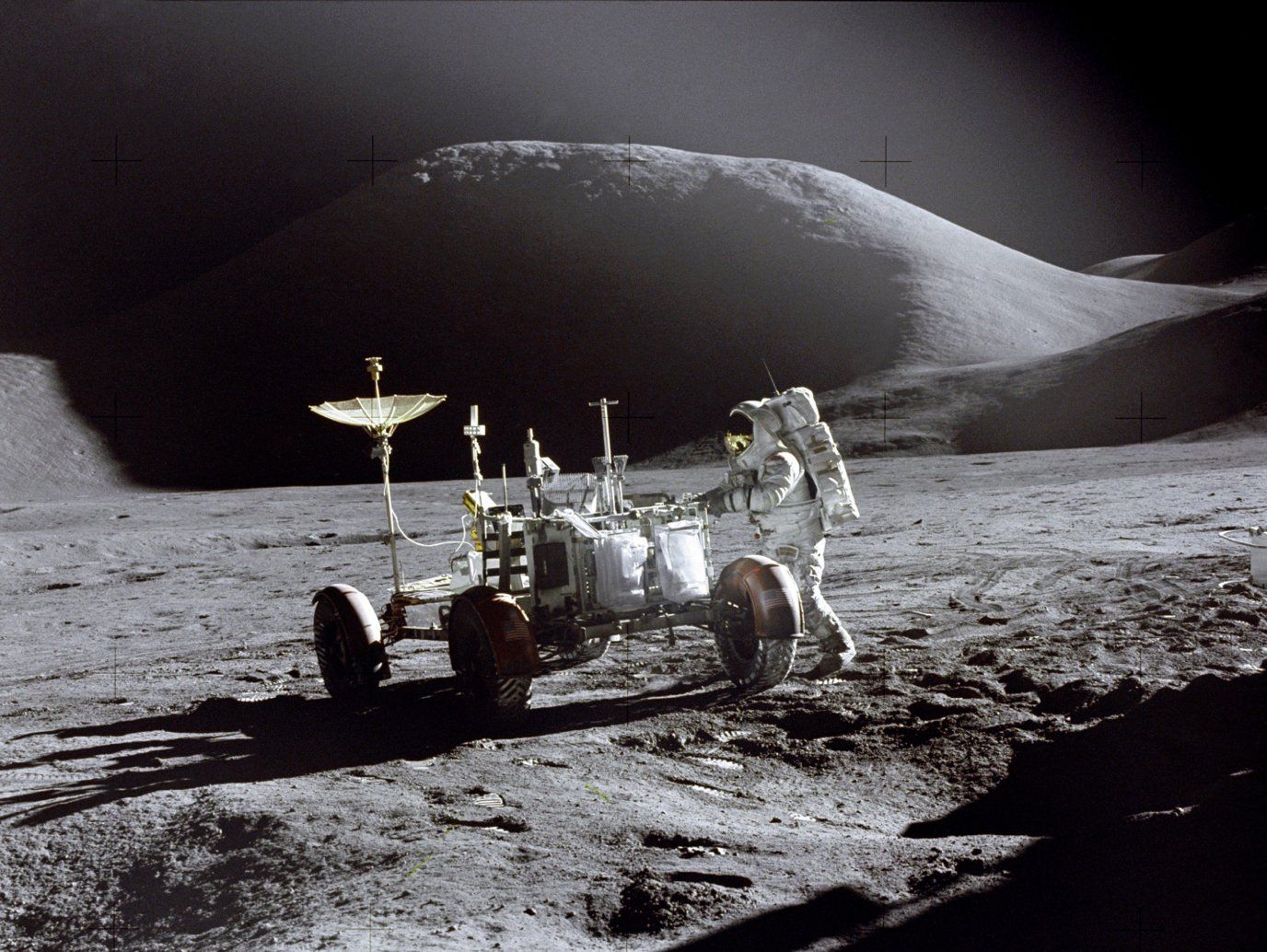
Plans underway to return to the moon for good (image: Pixabay/NASA)
Be in no doubt, the new space economy is taking shape, and each day we are coming closer to realising our long-term goals in space, beyond only low Earth orbit and satellite constellations. Whether it be sending payloads to lunar orbit in order to prepare for our return to the moon, increasing numbers of nations developing their own lunar vehicles, or devising ways in which to retrieve an array of minerals in space, we are on the way.
2022 alone has has witnessed, and will witness, a number of achievements representing these long-term goals of humankind. New relationships are being forged, both in the public and private sectors, with different teams and alliance looking to exploit opportunities in space. More research is being carried out in order know how to achieve ambitious goals, such as asteroid mining, and the foundations are already being laid, through such missions as NASA’s recent CAPSTONE mission.
The wheels are very much in motion.
New space is forging new relationships
As a result of a realignment of international relations, or through the desire to exploit economic opportunity, new space is seeing new relationships being established. Of course there are the grand alliances of the Artemis Accords and China’s International Lunar Research Station (ILRS), both striving to lure nations to join them in their vision for future space. However, yet more cooperative opportunities are arising all the time, all led by their ambitions in new space.
Luxembourg’s ambassador to India has held talks with the Indian Space Research Organisation in regards to new cooperative opportunities. Both nations have big plans for space, with India also recently announcing reforms enabling the growth of their private sector. However, perhaps in a more worrying turn for the US, Russia this week were reported to have launched an Iranian satellite atop a Soyuz rocket. The US expressed concern about the closer relations the two nations have in space, with Israel also worried it may prevent them from carrying out spying missions on Iran.
Whilst international relations continue to provide both economic optimism and concern, other public and private sector bodies are forging their own path. Canada’s MDA (formerly MacDonald, Dettwiler and Associates) has announced plans to increase its base in the UK, eyeing opportunities of the post-Brexit economy, and highlighting the UK’s ambition to become leading space nation. MDA are best-known for building a robotic arm on the ISS. Similarly, Virgin Orbit will look to build their ties in South Korea. J-Space, Korean investment group, will work with Virgin to assess potential launch sites in the country.
Through commercial interest and political angst, we’re witnessing the birth of new alliances, and perhaps the severing of old ones.
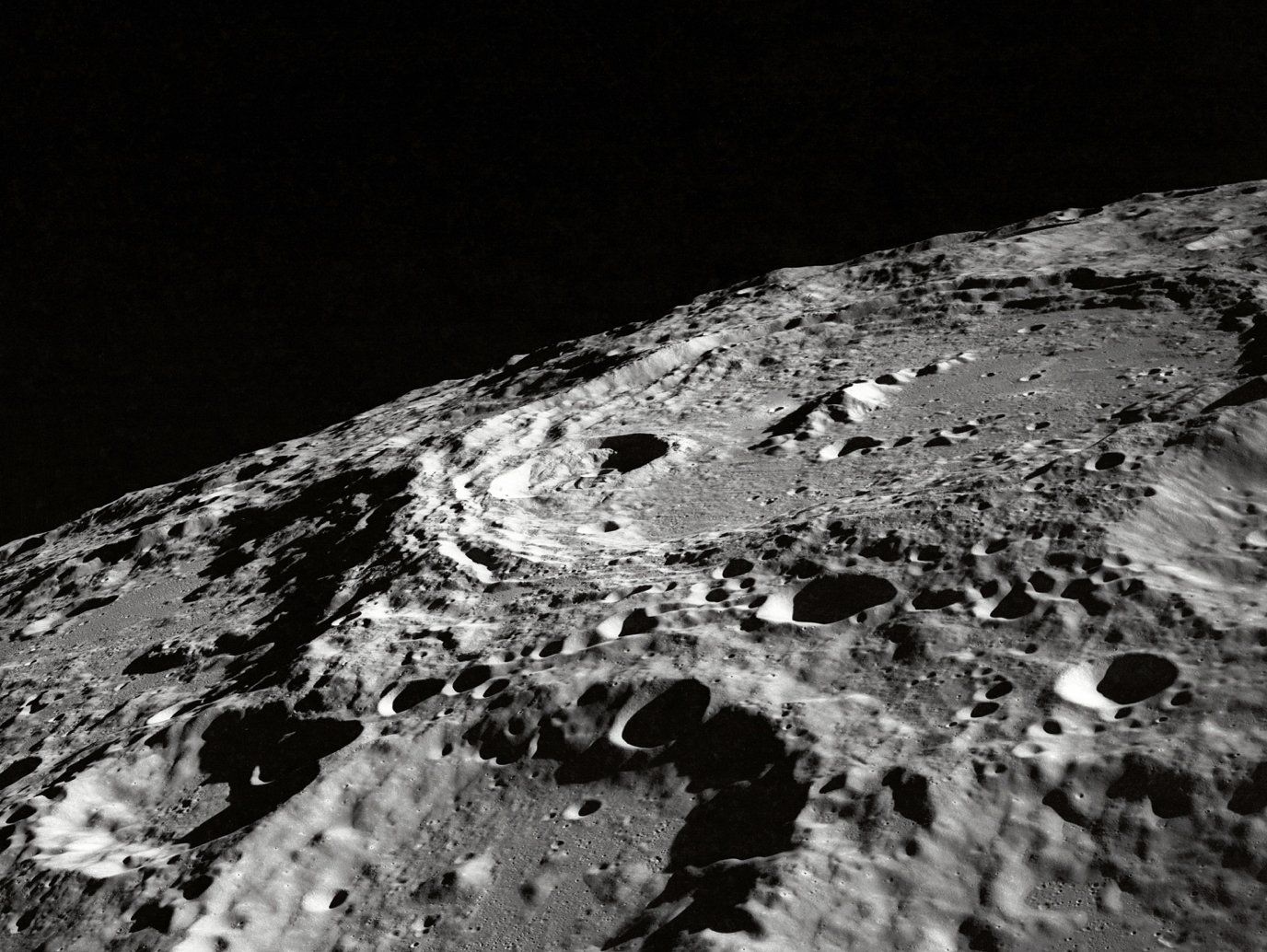
Plans to use lunar soil for things such as bricks and concrete (image: Unsplash/NASA)
Building blocks for the future space economy
We’ve read much about the opportunities that lay ahead; asteroid mining, decentralised technology, energy sourcing, in-situ manufacturing and deep space exploration. Research projects are underway, and new innovation looks set to put us on our way to achieving these ambitious goals.
Researchers at the Swiburne University of Technology are looking into how to use air, dirt and sunlight to create metallic iron on Mars. Similarly, Norman Wagner of the University of Delaware has highlighted the need to use local resources when building structures on the lunar or martian surface. Concrete substances could be made by using lunar soil, for example. Also, lunar construction company Astroport have been awarded a second NASA business technology transfer contract, in order to compile research on how to utilise lunar regolith in order to produce bricks, launch pads and blast shields.
Using local resources will be vital for humankind’s extended stays in space, but outer space resources also continue to be of great interest in order to source energy, take strain away from Earth and source precious minerals for technology production. AstroForge continue to be secretive about their ambitious asteroid mining plans, but claim to be on track for a demonstration as early as January, 2023. Also, students at Brigham Young University and the University of Central Florida are to send a demonstration on RocketStar’s launch later this year. The experiment is to observe the behaviour of asteroid particles in suborbital flight, perhaps in order to consider future mission for martian sample returns, or retrieving outer space resources.
The building blocks (quite literally in some instances) are being prepared for new space. However, this year alone continues to see much of the groundwork being laid already.
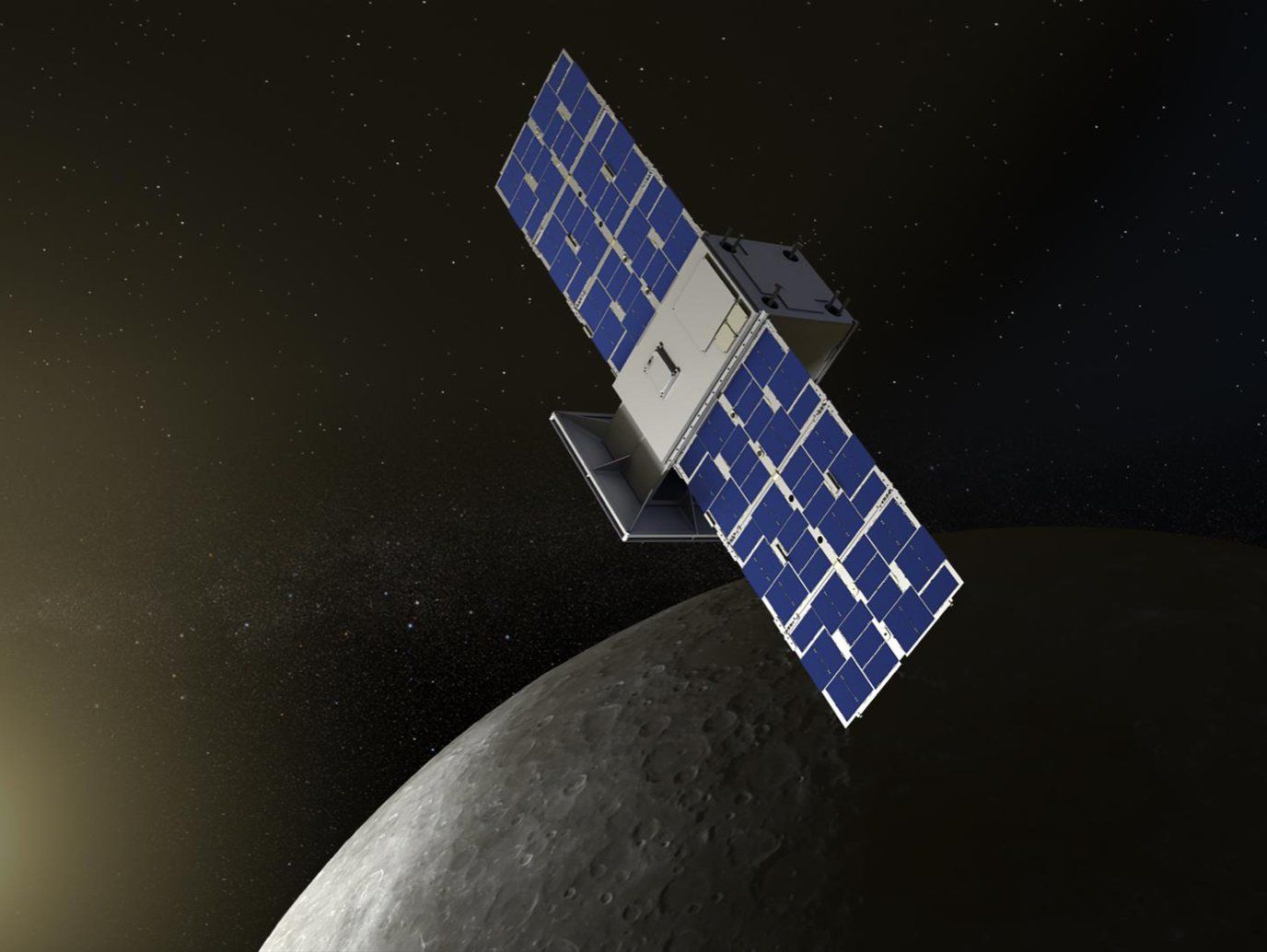
CAPSTONE orbiter laying foundations our for return to the moon (image: NASA)
Laying the foundations for humankind’s long-term future in space
NASA’s CAPSTONE mission was real milestone in our mission to return to the moon. Yet since the June launch, more has been achieved in this quest.
South Korea recently launched their Danuri lunar probe, heading into lunar orbit in the footsteps of CAPSTONE, in order to analyse the surface for uranium, aluminium and helium-3. NASA will send their Lunar IceCube cubesat into lunar orbit as part of the Artemis-1 launch, to collect data on surface ice on the moon.
Korea will also release details of their “space economy roadmap” this year, including plans for a lunar rover and lander. A series of public and private bodies have already announced plans for similar technology. Even more so, President Joe Biden this week signed the US CHIPS act into law, which includes provision for long-term commitment to deep space exploration, and sending humans to the moon and mars. This long-term commitment is almost certainly a sign of our future in space.
Steps to achieve accessible and sustainable space are also being taken. Peter Beck, CEO of Rocket Lab, hailed his company’s achievements whilst giving a speech the Small Satellites Convention this week, describing their ability to provide interplanetary launch for much lower costs. As well as providing services at cheaper price, Rocket Lab are also striving to expand on their reusable technology, with the upcoming Neutron rocket to be able to return and land on a launchpad. Also, this week the US has acknowledged the need to revise their rules for satellites and space junk, understanding that more needs to be done to manage space traffic.
There’s no doubt about it, our future is already happening in space. The international community, through public and private sector bodies, is honing-in on the opportunities that lay ahead. We need to be sure we are all part of it.
Share this article
External Links
This Week
*News articles posted here are not property of ANASDA GmbH and belong to their respected owners. Postings here are external links only.



















